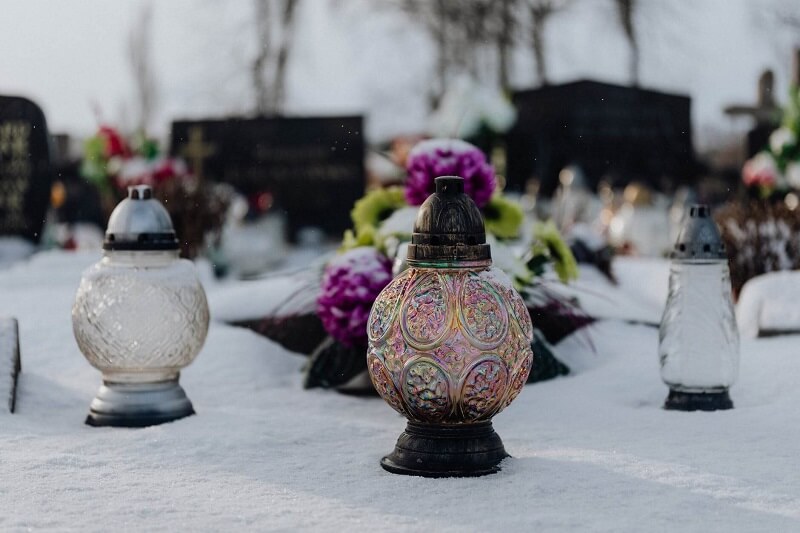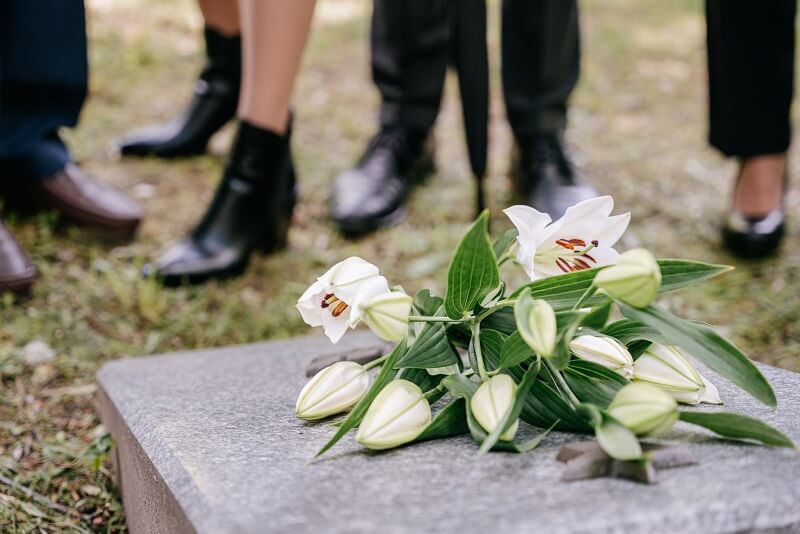Deciphering the Process of Cremation and Burial

Understanding the processes of cremation and burial can seem daunting, especially during a time of grief. Yet, being informed about these processes is essential in making the right decision for you and your loved ones. Both cremation and burial carry their unique sets of procedures, rituals, and implications. Providers of cremation services in Clearwater, FL, are readily available to help you navigate these choices, shedding light on what to expect during each process. As we delve into the complexities of cremation and burial, we aim to provide you with the clarity needed to make this deeply personal decision.
Cremation: An Overview
Cremation is a process that reduces the body to its essential elements through the application of intense heat, typically 1400 to 1800 degrees Fahrenheit. This process takes two to three hours and results in cremated remains, often inaccurately referred to as ashes, which are more like coarse sand in texture. These remains are typically placed in containers such as an urn for safekeeping. The process is regulated by stringent laws to ensure respectful and ethical handling of the deceased. It’s a choice that provides flexibility regarding memorialization options, including scattering, burying, or keeping the remains in a designated place.
Burial: An In-depth Look
Burial, also known as interment, places the deceased’s body in a burial ground, usually in a coffin or a casket. Traditional burial often involves a visitation or wake, a funeral service, a procession to the cemetery, and a graveside ceremony. Depending on cultural and religious beliefs, the body may be embalmed before burial to delay decomposition. Burial sites are a permanent location for loved ones to visit and remember the deceased, which can be comforting for many people.
Environmental Considerations
When comparing cremation and burial, environmental impact is a factor some individuals consider. While cremation does use significant energy and releases carbon dioxide, it typically has a smaller footprint than a traditional burial, which uses land space and often involves embalming fluids that can leach into the soil. However, green or natural burials, which avoid embalming and use biodegradable caskets, are becoming more common for those seeking an environmentally-friendly option.
Religious and Cultural Perspectives
Religious and cultural beliefs often influence the decision between cremation and burial. For instance, some religions, such as Judaism and Islam, traditionally favor burial, while others, like Hinduism, mandate cremation. Meanwhile, in some cultures, cremation is seen as a way to quickly liberate the soul, while in others, burial is seen as a means to respect the natural progression of life and death. It’s essential to consider these perspectives when making a decision.
Costs and Financial Implications
Cost is another crucial factor in the decision-making process. Generally speaking, cremation tends to be less expensive than traditional burial, given the costs associated with burial plots, caskets, and embalming. However, costs vary greatly depending on the specific services and merchandise chosen. Planning for these expenses can alleviate some stress and provide a clearer picture of each option. It’s recommended to research and compare the costs of each process before making a decision.

Understanding the intricacies of both cremation and burial can be a complex task but essential in making an informed decision during a challenging time. Balancing practical considerations, personal beliefs, and emotional implications is vital. With assistance from professionals such as those at cremation services in Clearwater, FL, you can navigate these decisions with informed guidance and compassion. As we conclude this exploration, we encourage you to reach out for further information, support, and advice. Remember, this is a personal journey, and your choice will ultimately be the one that best honors your loved one and comforts those left behind.
